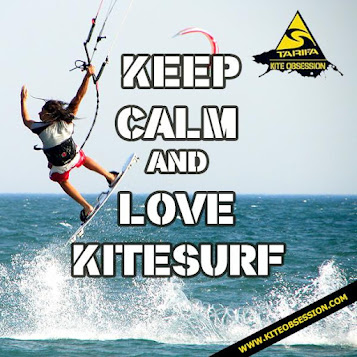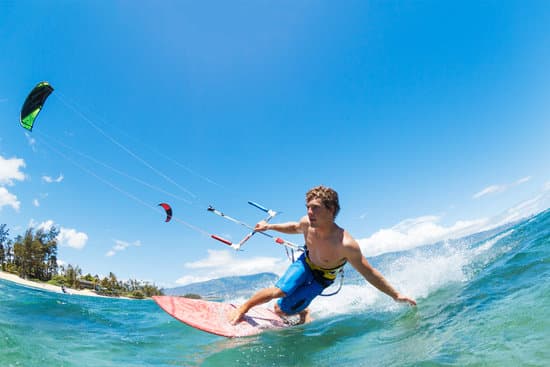A beginners guide to Kitesurfing
Using a kite and a surfboard, kitesurfing allows glide across the water. However, kitesurfing isn’t limited to turbulent seas or large waves; it can even be practiced on mirror-flat lagoons. Any water or breeze will do.
Equipment required for Kitesurfing lesson
- Kites
The kites vary in size and shape based on the wind, weight, skill level, and discipline. Any kite on the water will have a number on the canopy indicating its size in square meters. Most kites are 5–18 m2.
- Harnesses
You can skip this section if you’re Superman. If not, you’ll need to use a harness. With the chicken loop, your harness connects you to your control bar and transfers kite pull to your waist. You can imagine how tiring it would be to grip the bar and pull the kite with your hands! That’s why we need a harness to harness the kite’s power. Harnesses come in many styles and sizes. There are two types: waist harnesses and seat harnesses that wrap over your legs and hips (similar to those used for rock-climbing or sailing). Seat harnesses often provide better support and comfort but may restrict movement for advanced tricks.
- Boards
Unless you can walk on water, you’ll need a board to kitesurf!
Boards come in various forms and sizes, affecting their effectiveness, who they are suitable for, and the discipline you The most typical board seen is a twin tip; however, directional and foil panels are sometimes seen. Some imaginative kitesurfers choose to ride skis, a kayak, a skimboard, or even an old fridge door.
Physical fitness is required for getting a kitesurfing lesson.
Kitesurfing can be learned by anyone, regardless of gender or activity level. Kiting is a sport that anybody can enjoy, regardless of age or fitness level. If you’ve never tried kitesurfing before, don’t worry. There are no big muscles required to assemble the kit, making it even more convenient. You can quickly learn Kitesurfing by taking a kitesurfing course. Several benefits come with being physically active, such as increased stamina on the water and less risk of injury.
- Self-confidence and solid motor abilities are essential.
- You’ll want to be at least 35 kilograms in weight to ensure you have enough counterweight, especially in high gusts.
- To participate in any water activity, you must be able to swim for at least 15 minutes in open water, be it the sea or a lake.
Conclusion
As a sport, kitesurfing is fun and offers many growth opportunities. To progress further, you must first master the fundamentals of riding along and keeping upwind before moving on to more advanced maneuvers such as jumping, freestyle tricks, and waves by taking kitesurfing lessons.



Comments
Post a Comment